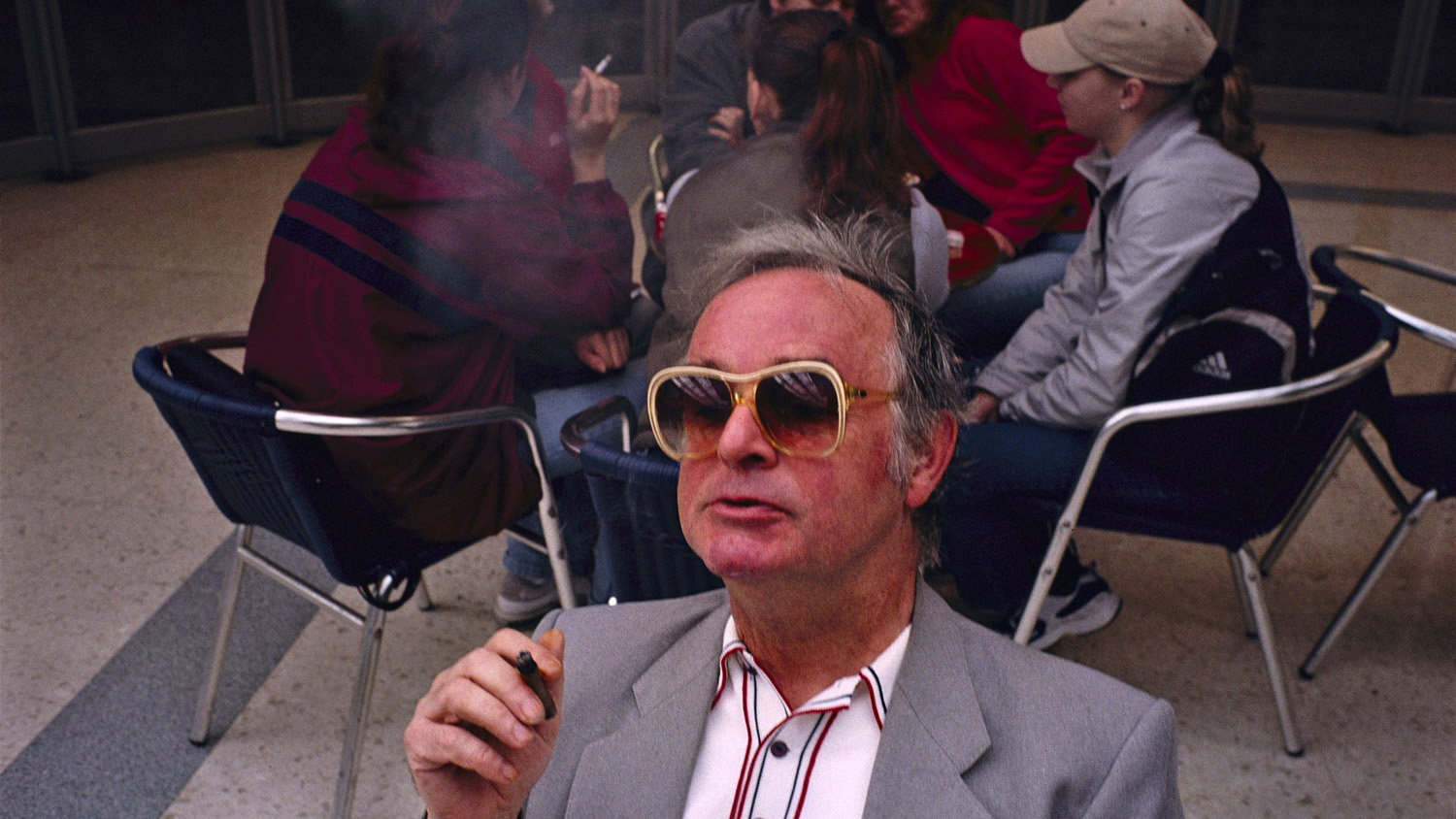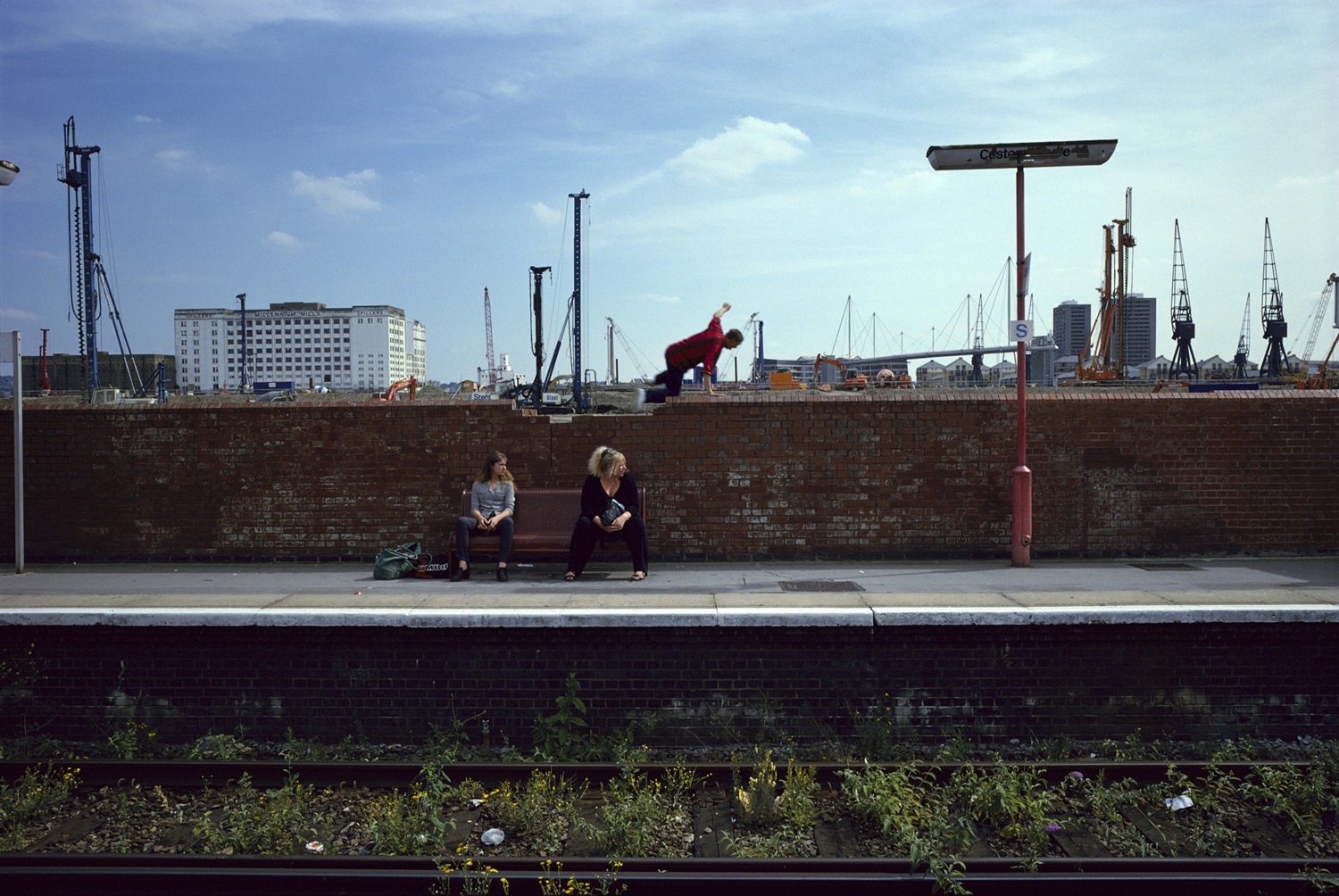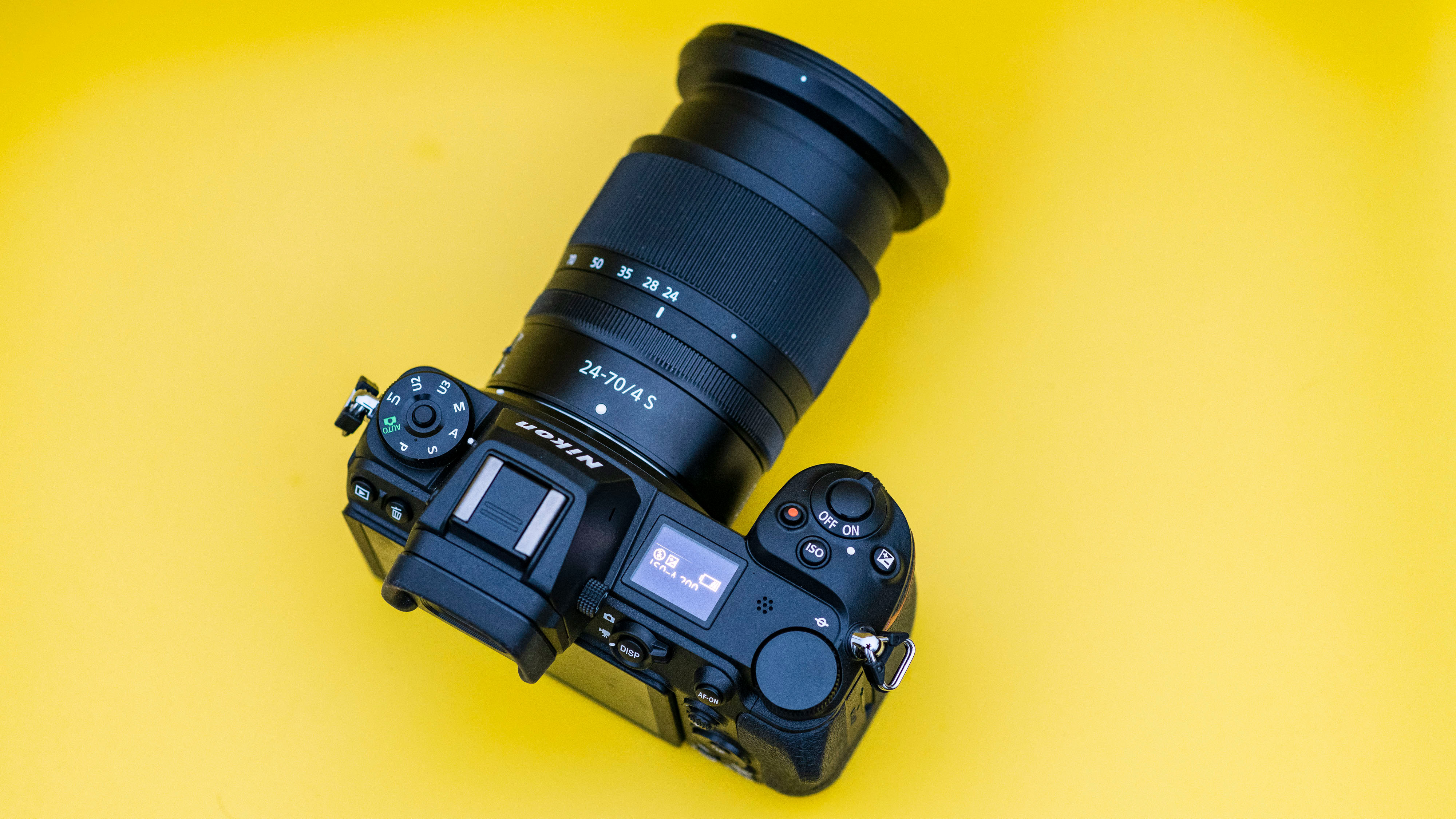London street photographer Simon Wheatly celebrated by Leica Gallery
New exhibition showcases over a decade of Simon Wheatly's photos from the streets of London

If you love using the best cameras for street photography, then you're going to love this news from the Leica Gallery London.
Simon Wheatley, a London-based photographer, has gained acclaim for his authentic and intimate photographic depiction of the English capital and its communities. His debut book, 'Don't Call Me Urban! The Time of Grime', is widely acknowledged as one of the most influential photobooks in recent UK history.
You can now experience his work in a new exhibition that will be heading to the Leica Gallery London from May 17, 2024 through to July, 2024.

From 1998 to 2010, Wheatley documented the overland train service, initially known as The North London Line, and later privatized as the Silverlink. Following extensive global travels, he redirected his exploration to his local surroundings, particularly along this rail line traversing London's northern inner suburbs.
Originally conceived as a study on the social polarization of neighborhoods, Wheatley's series continued until the discontinuation of Kodachrome film, a significant moment both in his craft and in reflecting the post-New Labour era's disappointment with unfulfilled promises of railway reforms.
His work not only showcases the diverse fabric of the capital city but also serves as a heartfelt ode to London and the individuals he encountered during his journeys across the city. It portrays how people from vastly different circumstances coexist in close proximity, fostering both division and connection.

One of Wheatley's initial trips led him to North Woolwich, an industrial area near the River Thames. Here, he met Barry, a former antiques shop owner from Portobello Road who lost his business due to soaring property prices in the 1980s.
Get the Digital Camera World Newsletter
The best camera deals, reviews, product advice, and unmissable photography news, direct to your inbox!
Barry's subsequent struggles with alcoholism were evident when Wheatley encountered him on a bench surrounded by strong drinks and exotic foods, reminiscent of his former life.
"A big part of my photographic work in London revolves around the theme of gentrification, so Barry was perhaps the most poignant encounter,” says Wheatley.
The exhibition will show 21 of Wheatley’s images from his series Silverlink, all shot with the Leica M system, and exclusively printed for Leica Gallery London for the first time. All works are for sale together with signed copies of Simon Wheatley’s book ‘Silverlink’.
If this has been interesting you might want to check out our best Leica camera guide, or like Simon you own a Leica-M camera, you must take a look at the best Leica M lenses, and while your interest in the M-system why not check out our reviews on the Leica M11, Leica M11 Monochrom or the Leica M11-P, and finally if digital isn't your thing you need to read our Leica M-A review - the best film camera they make in my opinion!

For nearly two decades Sebastian's work has been published internationally. Originally specializing in Equestrianism, his visuals have been used by the leading names in the equestrian industry such as The Fédération Equestre Internationale (FEI), The Jockey Club, Horse & Hound, and many more for various advertising campaigns, books, and pre/post-event highlights.
He is a Fellow of the Royal Society of Arts, holds a Foundation Degree in Equitation Science, and holds a Master of Arts in Publishing. He is a member of Nikon NPS and has been a Nikon user since his film days using a Nikon F5. He saw the digital transition with Nikon's D series cameras and is still, to this day, the youngest member to be elected into BEWA, the British Equestrian Writers' Association.
He is familiar with and shows great interest in 35mm, medium, and large-format photography, using products by Leica, Phase One, Hasselblad, Alpa, and Sinar. Sebastian has also used many cinema cameras from Sony, RED, ARRI, and everything in between. He now spends his spare time using his trusted Leica M-E or Leica M2, shooting Street/Documentary photography as he sees it, usually in Black and White.
